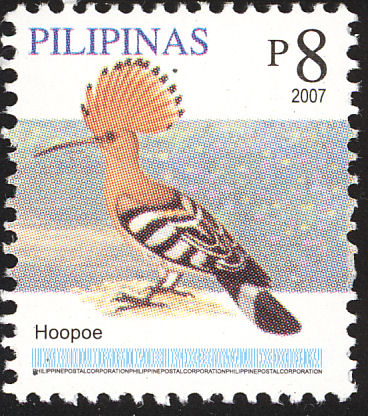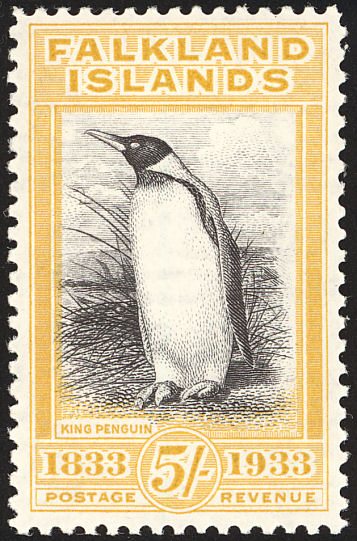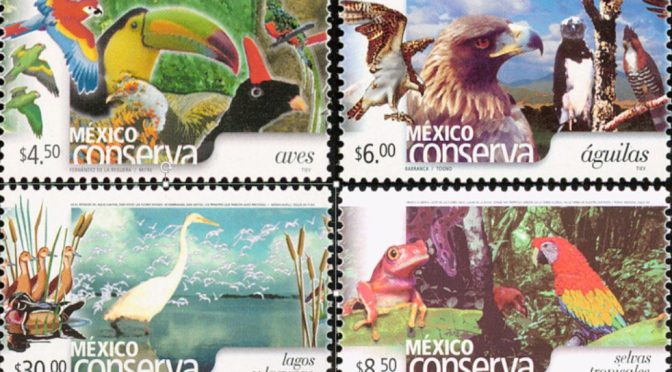The Collecting Complexity Series features a number of articles where a set of stamps or a series of stamps is analysed in some depth. You may need a clear head when reading some of these!
The series currently includes: Australian KGV’s; Irish Definitives; Philippine Definitives; Uruguayan Lapwings and Guatemalan Quetzals, Mexican Conservation stamps and Fiji surcharges.
A selection of these follows, but to see them all, you need to be a member of the Society.
Irish Definitives

A fabulous series of bird stamps designed by Killian Mullarney, and beginning in 1997. There are 3 articles in this series. The Mullarney Mallarkey – Part One is available to read here
Philippine Definitives

There should be a health warning if you want to collect these. They will drive you mad. Mainly small stamps, most just 22x25mm, often with a light blue squiggly security bar and with a rectangular or circular vignette background. Read the article here
The Resplendent Quetzel
There are many articles on the fabulous Quetzel in the Members area of the website.
The Resplendent Quetzel – resplendent because of that greeny gold iridescence as well as its other rich red, black and white plumage. A Quandary of Quetzels – Part One is available to read here
OTHER SPECIALIST ARTICLES
The Falkland Islands Penguin

Ever wondered why the Falkland Islands 5/- penguin stamp varies so much in value? Could it be due to the colour variants?
Read A Penguin Stamp Too Far to find out.
Japanese Occupation Of Burma .. Bird Stamps or Not?
There are no rules to dictate what people should or should not collect so one of our members chooses to include the Burmese Peacock-pheasant Overprints as Bird stamps – would you? Read the article here to decide for yourself.
Paper Types
The Types of paper used in stamp production can make a world of difference to the complexity and value of any collection. The different types of paper are often very difficult to determine with the naked eye and explanations in catalogues are often insufficient on their own to determine exactly which paper type you might have. Click here to view the article.

